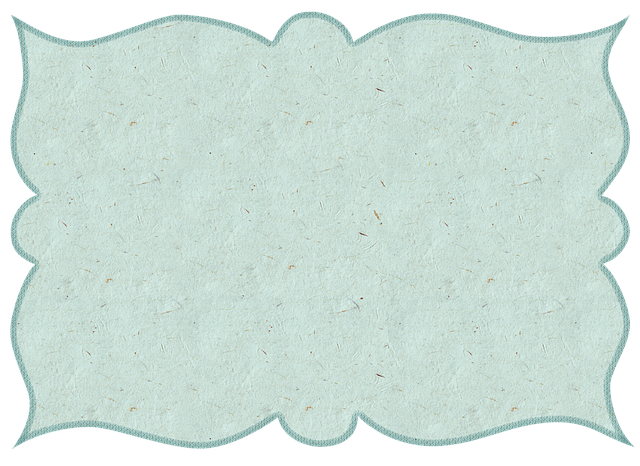Skin tags, caused by friction, vary in type and can be treated at home with natural remedies like apple cider vinegar and tea tree oil, but results differ. DIY methods using kitchen ingredients like baking soda are also viable, requiring patch tests. For discomfort, changes in size/color, or infection signs, professional Leeds Tag Removal from dermatologists offers safe, effective solutions.
Looking for a solution for unwanted skin tags in Leeds? This comprehensive guide explores effective methods for safe, at-home skin tag removal. From understanding the causes and types of these common growths to discovering powerful home remedies, essential oils, and kitchen ingredient treatments, you’ll find everything you need to know. We also provide insights on when professional help might be necessary.
- Understanding Skin Tags: Causes and Types
- Home Remedies for Safe Removal
- Essential Oils and Their Benefits
- DIY Treatments with Common Kitchen Ingredients
- When to Seek Professional Help
Understanding Skin Tags: Causes and Types

Skin tags, also known as acrochordons, are small, soft pieces of skin that hang from the body’s surface. They typically appear in areas where skin rubs against itself, such as the neck, armpits, groin, and hands. While they are generally harmless, many people choose to remove them for cosmetic reasons or to prevent discomfort. Understanding the causes and types of skin tags is essential when considering Leeds Tag Removal.
The primary cause of skin tags is friction and constant irritation. This can occur due to clothing rubbing against the skin, body parts rubbing together, or even hair follicles becoming trapped in the skin. Different types of skin tags include acral tags, which are found on non-sun-exposed areas like the palms and soles; angioedema, characterized by raised, red, and itchy tags; and dermatal papules, small, rough bumps that can be a sign of underlying medical conditions. Knowing these variations is crucial when exploring Leeds Tag Removal options to ensure the right approach for your specific case.
Home Remedies for Safe Removal

When considering Leeds tag removal, many opt for home remedies as a safe and cost-effective alternative to professional treatments. Common household items like apple cider vinegar and tea tree oil have shown promise in effectively reducing skin tags. Apple cider vinegar’s acetic acid can help shrink the skin tag over time when applied topically. Similarly, tea tree oil possesses anti-inflammatory properties that may alleviate discomfort and potentially eliminate the tag.
These natural methods are often preferred for their simplicity and minimal side effects. However, it’s essential to remember that results may vary, and consistency in application is key. Always conduct a patch test before trying any home remedy to ensure your skin doesn’t react adversely. If symptoms persist or worsen, consulting a dermatologist remains the best course of action.
Essential Oils and Their Benefits

Some essential oils are renowned for their potential benefits in Leeds Tag Removal. These natural compounds can offer a soothing and effective alternative to conventional methods. Oils like tea tree oil possess antimicrobial properties, making them useful in fighting infections and reducing inflammation associated with skin tags. Lavender oil is another popular choice due to its calming effects; it can help alleviate itching and discomfort caused by these growths.
When considering Leeds Tag Removal at home, incorporating these essential oils into your skincare routine might provide additional advantages. They can enhance circulation in the affected area, potentially aiding in the natural shedding of skin tags. However, it’s crucial to remember that while essential oils offer natural support, their effectiveness may vary from person to person. Always conduct a patch test before applying them topically and consult with a healthcare professional for personalized guidance.
DIY Treatments with Common Kitchen Ingredients

Many people opt for DIY skin tag removal methods using common kitchen ingredients as a cost-effective and non-invasive alternative to professional treatments in Leeds Tag Removal. Ingredients like apple cider vinegar, baking soda, and tea tree oil have shown promise in gently removing skin tags at home. Apple cider vinegar, for instance, is known for its acetic acid content, which can help dissolve the skin tag over time when applied consistently.
Baking soda pastes and tea tree oil are also popular choices. Baking soda’s alkaline properties can create an environment unsuitable for skin tag growth, while tea tree oil’s anti-inflammatory and antimicrobial qualities may aid in reducing the size and appearance of tags. It’s crucial to remember that while these methods are simple and accessible, they might not be suitable for everyone, and results may vary. Always conduct a patch test before trying any DIY treatment.
When to Seek Professional Help

While many people prefer to remove skin tags at home for convenience and cost-effectiveness, there are instances where seeking professional help is crucial. If a skin tag is causing discomfort, persistent irritation, or if it changes in size or color, it’s time to consult a specialist. In cases where the skin tag shows signs of infection, such as redness, swelling, or discharge, immediate medical attention is advised.
For those located in Leeds or considering Leeds Tag Removal, it’s essential to remember that dermatologists and skilled professionals can offer safe and effective removal methods, ensuring quick relief from unsightly tags. They can also provide guidance on managing potential side effects and offer long-term solutions for preventing new skin tag formation.
Skin tags can be a nuisance, but with the right approach, safe and effective removal is achievable. This article has explored various methods for Leeds tag removal, from understanding the causes and types to trying home remedies, essential oils, and kitchen ingredient treatments. While many options exist, knowing when to seek professional help is crucial. For persistent or unsightly skin tags, consult a dermatologist to ensure the best outcome.
